More often than not, the Japanese Yakuza is displayed as the evil entity in any depiction they are at the focus of. Whether it be at the heart of drug syndicates or mastermind behind brutal homicides and assassinations, this group and its reputation have suffered as a result, causing fear to be associated with its name and the very mention of it. Notwithstanding, Tokyo Vice is one of the fresher and more accurate depictions of the Yakuza and its members, bringing the group closer to reality and how they actually operate in modern-day Japanese society. A deft exploration of deep character narratives within the organization, as well as that of our foreign or gaijin protagonist, make this an intriguing case study of the darker side of the oft cheerful way the world views Japan under a lens.
What is Tokyo Vice?
Tokyo Vice is a stylized reimagining of the chronicle of teenage crime reporter Jake, who claws his way into prominence at the Yomiuri Shimbun, a major Tokyo newspaper. Based loosely on Jake Adelstein’s memoir “Tokyo Vice: An American Reporter on the Police Beat in Japan,” it follows the American’s journey into the underbelly of Tokyo’s crime scene and the Yakuza’s tight hold on it.
Lost in Translation
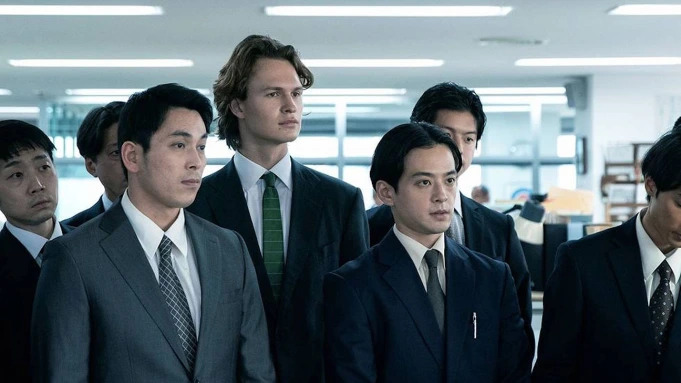
Adelstein, being the only foreigner or gaijin in the organization, encounters several hurdles while working for the media outlet. Many cultural differences between the east and west are shown early in the series, such as extreme politeness towards superiors in a company and outright discrimination of foreigners through the rental of spaces is shown.
In one scene, Adelstein, portrayed by young starlet Ansel Elgort, tries to rub shoulders in a friendly manner using his passable Japanese with his boss. In an aggressive tone, his boss scolds him, telling him “they are not yet at that level” and to refer to her by her last name, as well as in Keigo (the most prim and proper form of Japanese conjugation).
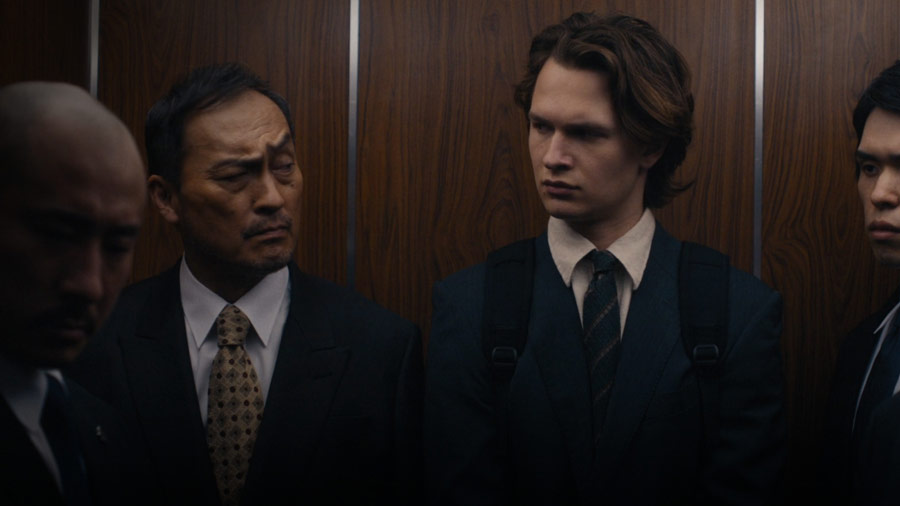
Fortunately, Jake is taken under the wing of experienced detective Hiroto Katagiri, portrayed by Ken Watanabe, for the same reason: they’re both sick of the crime scene status quo.
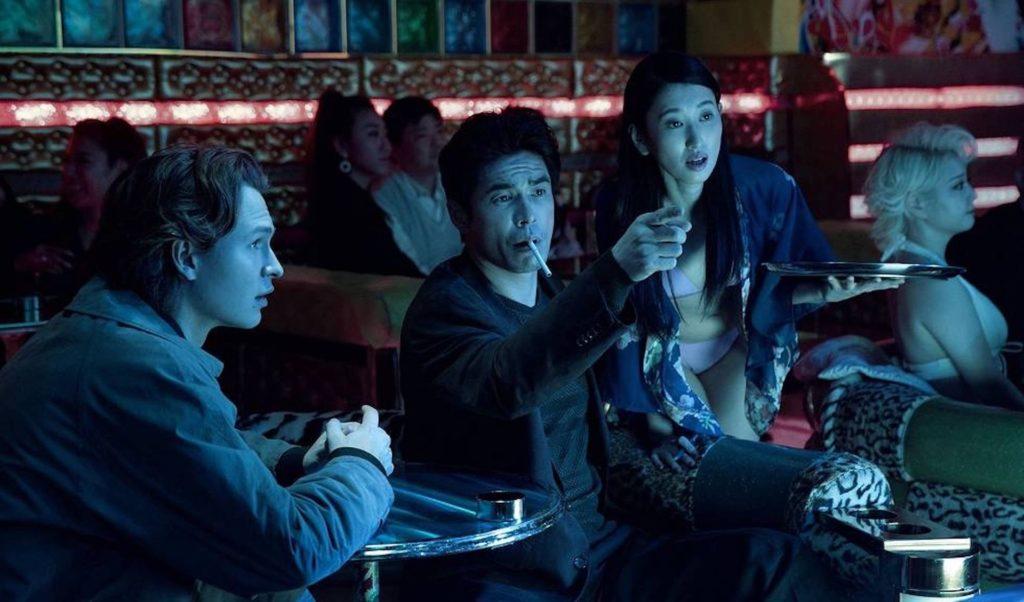
Adelstein’s curiosity is piqued when he gets repeatedly silenced for his curiosity about a murder early on in the series. “There is no murder in Japan”, he is told by one of his co-detectives in response to a case of extremely obvious homicide. He wonders why the most prominent media outlet in the country avoids explicitly investigating these crimes and murders when it is stupidly obvious what is in front of them. A man lights himself on fire in front of a crowd? It is nothing but an accident in the eyes of the Yomiuri Shimbun.
Similarly, Katagiri is sick and tired of taking bribes from the very same organization that has a stranglehold over the official press releases reported by the newspaper company. Time and time again, obvious cases of foul play are hidden due to the media control possessed by the so-called mafia gangsters of Japan: the Yakuza. Having spent his whole watching this organization, he joins forces with Jake as the two find their way right into the den of the dragon.
The two create a very honest and dynamic buddy-cup duo who go about their business in ways that complement one another. Jake uses his investigative instincts and American charm (on display at the start with his” wingmanning” of his co-workers), while Katagiri helps navigate the underbelly of Tokyo’s big baddies in the form of the Yakuza.
Who are the Yakuza?
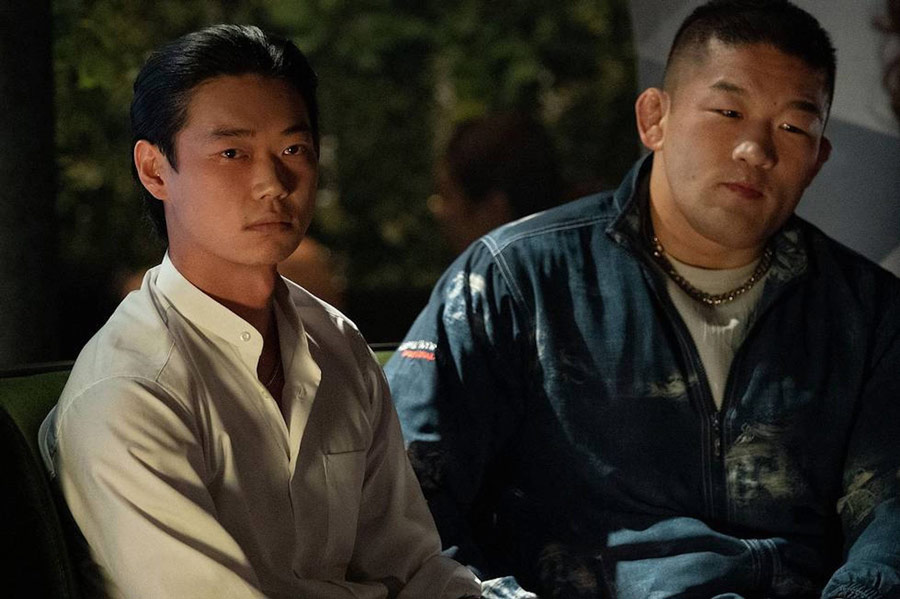
In most if not all criminal flicks from Japan, the Yakuza are always portrayed similarly to the American Mafia, due to their gang-like nature. Having risen to prominence in the 1960s, the image of delinquents dressed in formal wear wielding Tommy Guns, with bodies drenched in tattoos and war scars is a common sight to see in these groups. The same spine-chilling looks and stone-cold murderous eyes are present, with members possessing not even any hint of mercy with the decisions they make.
The difference between the Yakuza and groups like the Mafia in America or Mobs in Russia is their exclusive presence and rule in Japan. Having no international presence, they operate only in structures of families and groups scattered all around the country. Each possesses patriarchs or leaders, minor gang leaders look up to them and hierarchies have a family-like trait to them.
What makes the Yakuza so unique?
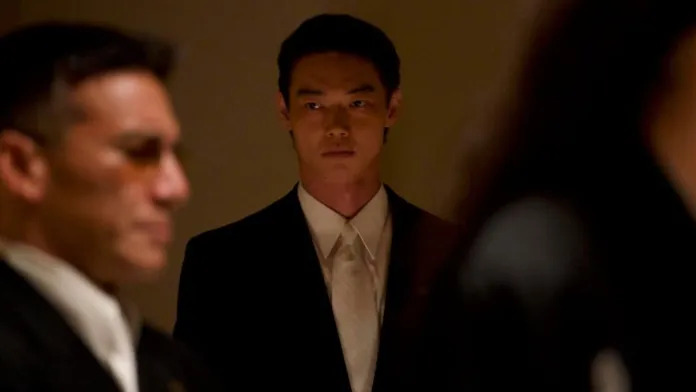
One of the more unique characteristics of the Yakuza is their legitimacy in the country. With other groups running more violent and prohibited operations such as those drug-related, the Yakuza and its members are recognized by the government and can be actual salarymen who work in corporations such as banks and multinational corporations.
The different members of these groups then work hand-in-hand to support one another, just like a normal family would.
Most of the time, the only time violence becomes a big part of the group are cases involving money and repayment, which is very much noted in Tokyo Vice.
Unfortunately, the reputation of the Yakuza is tarnished mostly because of this, as even if they operate legally, the violent image is attached to them because of their non-negotiable and stern methods of handling business. Only when they are wronged in the business aspect of things do things get violent with them.
This is the main reason why the show’s portrayal of a Yakuza start-up, Sato, is such a refreshing take on characters within the Yakuza organization. Whether it’s to show Sato’s cooking skills to his buddies, his inability to finish off enemies at a shoot ‘em up in the arcade, or his admirable attempt to sing along to the Backstreet Boys’ “I Want It That Way”, the show does a marvelous job of humanizing and portraying the so-called gangster in ways actual Yakuza members are.
Outside the cold-blooded and guarded exterior is not that different from you and me. Just like a normal member of society, Sato cooks refreshing meals, falls in love with girls, and overall wants to have a great time doing things that interest him.
Unfortunately, when large sums of money are involved, there will always be foul play and violence involved. The storylines undertaken by the Yakuza members in the show are violent. In one of the middle episodes, an action-packed assassination attempt in which Sato had to be a part (which may have been a bit over-the-top but that’s what makes great TV) saw the once newbie rise to a trusted member due to his protection of his boss. Although he is trapped within the machinery of the Yakuza, Sato also gives younger members the choice to escape the mechanism and go back to their old ways to avoid having to be part of any kind of danger.
Final Words
Overall, Tokyo Vice does a great job balancing the genuinely calculated way Yakuza conduct themselves and their business, with the entertaining hollywood-esque set pieces that they only seem to be part of in large production movies.
It may be a slow burn for some viewers, with plenty of dialogue and a slow pace, but it is still an entertaining watch due to the powerful performances of Elgort and Watanabe, and Show Kasamatsu, who portrays the most genuine Yakuza member in fictional non-fiction, Sato.








































